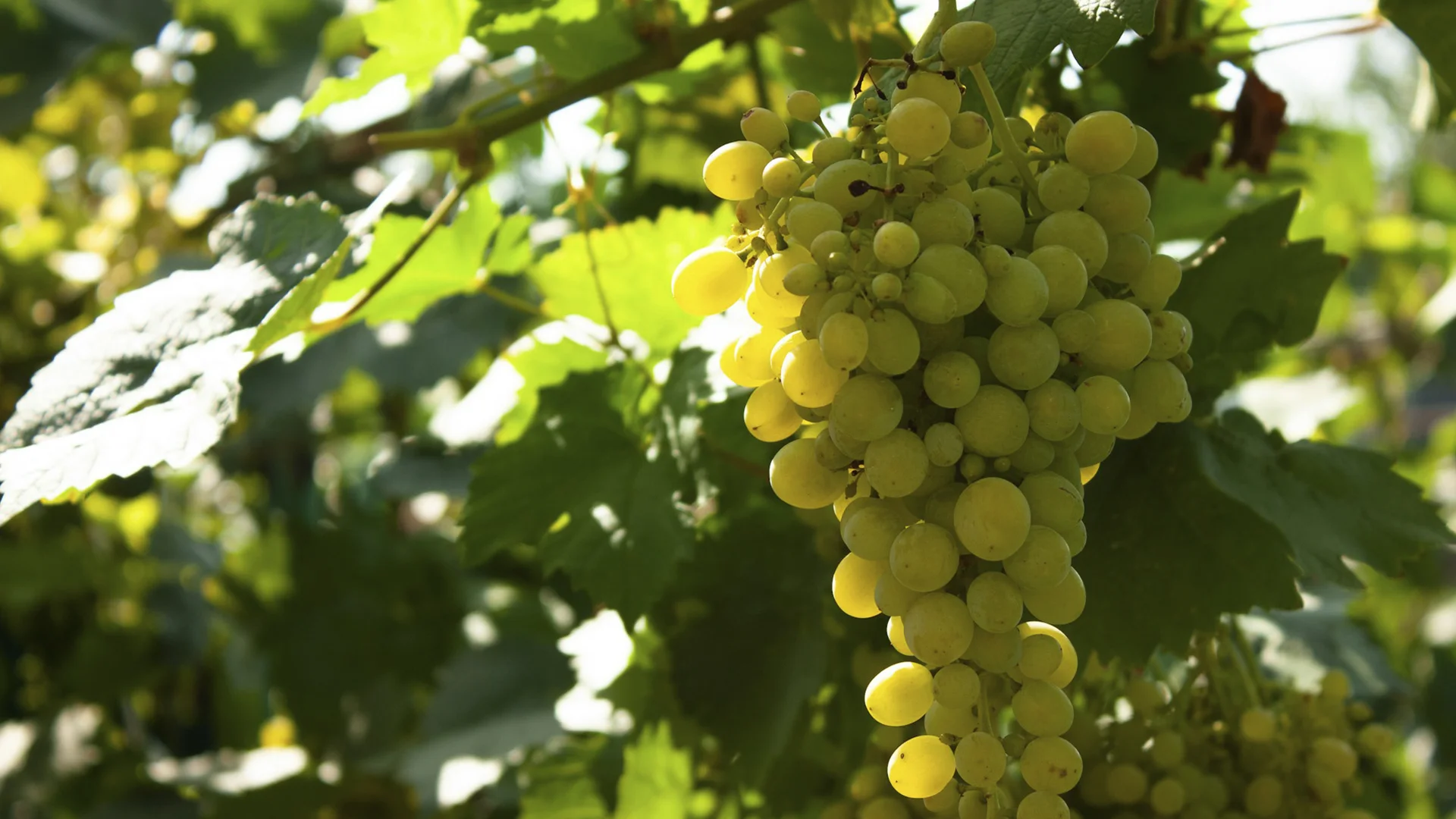
Most wine drinkers have never heard of Airén. And yet, it once held the crown as the most widely planted grape in the world. That’s like having more Instagram followers than Beyoncé, but nobody knows your name.
Native to Spain, Airén has been the workhorse of vineyards, silently fueling brandy stills and table wines for decades. But only a handful of visionary winemakers are now taking this underdog grape and turning it into something remarkable.
In a world obsessed with novelty, maybe the next big thing is a very old thing rediscovered.
Airén is a white grape variety native to central Spain, particularly in Castilla-La Mancha. It's known for its ruggedness: drought-tolerant, disease-resistant, and able to flourish in poor soils. It produces light-bodied, single-varietal wines that are fresh and easy to drink, often with subtle flavours like green apple, pear, and citrus.
Airén has long been typecast as a neutral grape, primarily used for brandy or as a filler in blends. But neutrality isn't a flaw, it's a canvas for wine artists. Its adaptability, reliability, and scalability have made it a quiet cornerstone of Spanish viticulture.
Unlike aromatic white grape varieties such as Sauvignon Blanc or Gewürztraminer, Airén doesn’t try to impress with flashy scents. Instead, it infuses the wine with more subtle characteristics. This neutrality generally gives winemakers freedom to experiment: it can be fermented in stainless steel, aged in amphora, or even matured in oak without overwhelming the palate. This allows the wine to achieve different flavours in the final result, from more refreshing to more intense. Think of it as the blank page that lets terroir and technique shine.
The origin of Airén is the Spanish agricultural equivalent of an old Clint Eastwood film: tough, silent, underestimated. Its first recorded mention dates back to the 17th century. Following phylloxera, Spain required a hardy grape that could withstand a scorching, unforgiving climate. Airén stepped up to the challenge.
During the 20th century, it was cultivated on the plains of La Mancha. Cheap, abundant, and easy to grow, it became the engine behind Spain's brandy production and the anonymous partner in millions of bottles of vino de mesa (table wine). It wasn’t about glory; it was about volume. But glory has a funny way of circling back.
Franco-era agricultural policies encouraged mass planting, often on land too poor for other crops. Farmers viewed Airén as a survival crop – something that could endure and produce even in the harshest conditions. Think of it as the Marechal Foch of North America. Over time, this led to the perception of Airén as synonymous with quantity over quality. Yet ironically, this deep entrenchment in Spanish farming made Airén culturally resilient.
Modern winemakers are rediscovering old-vine Airén — some over 70 years old — and coaxing out flavours and complexities that bulk production never allowed. The very traits that once made it forgettable are now being seen as opportunities.
Airén thrives in extreme climates, with a notable budburst that occurs late in the spring, helping it avoid frost damage. Think blistering summers, frosty winters, and soils that look more like dust bowls than farmland. It calls home the arid plateau of La Mancha, 600 to 700 meters above sea level.
Resilience is its superpower:
Airén requires little intervention. It’s often bush-trained (gobelet), and even the lowest buds of the bunch are fertile. But here's the catch: yield control is everything. Left unchecked, it overproduces, and the wine becomes as bland as white noise. Pruned back and nurtured, it delivers structure, minerality, and even some smoky or herbal complexity.
Producers are now exploring techniques such as wild fermentation, longer skin contact, and natural winemaking to extract more character from Airén. Some are even experimenting with sparkling wine styles using the grape’s ability to preserve freshness when harvested early. This adaptability makes Airén not just a survivor, but a grape with untapped creative potential.
Airén is synonymous with Castilla-La Mancha. In La Mancha and Valdepeñas DOs, it still dominates the landscape. The hot days, cool nights, and limestone-rich soils profoundly influence the grape. Wines from higher elevations are typically medium to full-bodied and may exhibit minerality and tension, whereas those from flatlands tend to be broader and fruitier.
Airén remains rare outside Spain, though there are small trial plantings in Australia, Argentina, and California’s Central Valley. Its climate adaptability makes it a candidate for future expansion in warming regions.
What makes terroir even more interesting with Airén is its transparency. Unlike highly aromatic grapes that dominate the sensory experience, Airén absorbs the essence of its place: limestone, altitude, and sunlight hours. It’s a mirror to its environment. That means every vineyard plot has the potential to express something unique, if handled thoughtfully.
Airén is practically the epitome of low-input agriculture, which is why it is so highly praised by sustainable wineries over other varieties. Some of its characteristics are:
From a sustainability perspective, it’s a dream come true. Many old vines are de facto organic. Airén offers resilience in the face of climate change: it requires little water, survives heatwaves, and still delivers.
Economically, it’s a pivot point. Mass uprooting over the past decades aimed to reduce surplus. However, winemakers are now realizing that preserving old Airén vines is not only sustainable but also profitable. These vines are cultural artifacts that can produce premium wines if properly cared for.
Sustainability also encompasses social sustainability, which involves maintaining rural economies in regions where Airén farming remains a viable livelihood. By prioritizing quality over quantity, these communities can preserve their traditions while adapting to the modern wine market. That’s the ultimate win-win.
Wine: Las Tinadas (Bodegas Verum)
Region: La Mancha
Why It Matters: Amphora-fermented from 70+ year-old vines. Complex, mineral, game-changing.
Wine: El Cérrico (Bodegas Cerrón)
Region: Jumilla
Why It Matters: 1920s vineyard. Smoky, flinty. Scored 100 points by Tim Atkin MW.
Wine: Carlos I Brandy de Jerez
Region: Andalusia
Uses Airén for clean, high-alcohol distillate aged in Sherry casks.
Wine: Traditional Blends
Region: Castilla-La Mancha
Why It Matters: Light reds are blended with Tempranillo, while white blends feature Macabeo. Simple but historic.
These wines reflect Airén’s spectrum — from workhorse to potential world-class white, showcasing flavours that range from fruity to more bold.
Airén is a paradox: the most planted grape, few people know. It built Spain’s wine industry, then was nearly erased from it. But in a plot twist worthy of a prestige drama, it’s getting a second act.
With climate change looming, its resilience is valuable. With old vines still standing, its heritage is undeniable. With bold winemakers leading the charge, its potential is real.
Airén may never be the new Chardonnay. But maybe it doesn’t need to be. In a world full of peacocks, there’s room for a hawk — quiet, efficient, and deadly at what it does.
So next time you raise a glass of something bright and crisp from Spain at a wine tasting, check the label. If it’s Airén, you’re not just drinking a wine — you’re sipping on resilience, history, and a future waiting to be written.
Airén isn’t going anywhere. And that might be the most exciting thing about it.
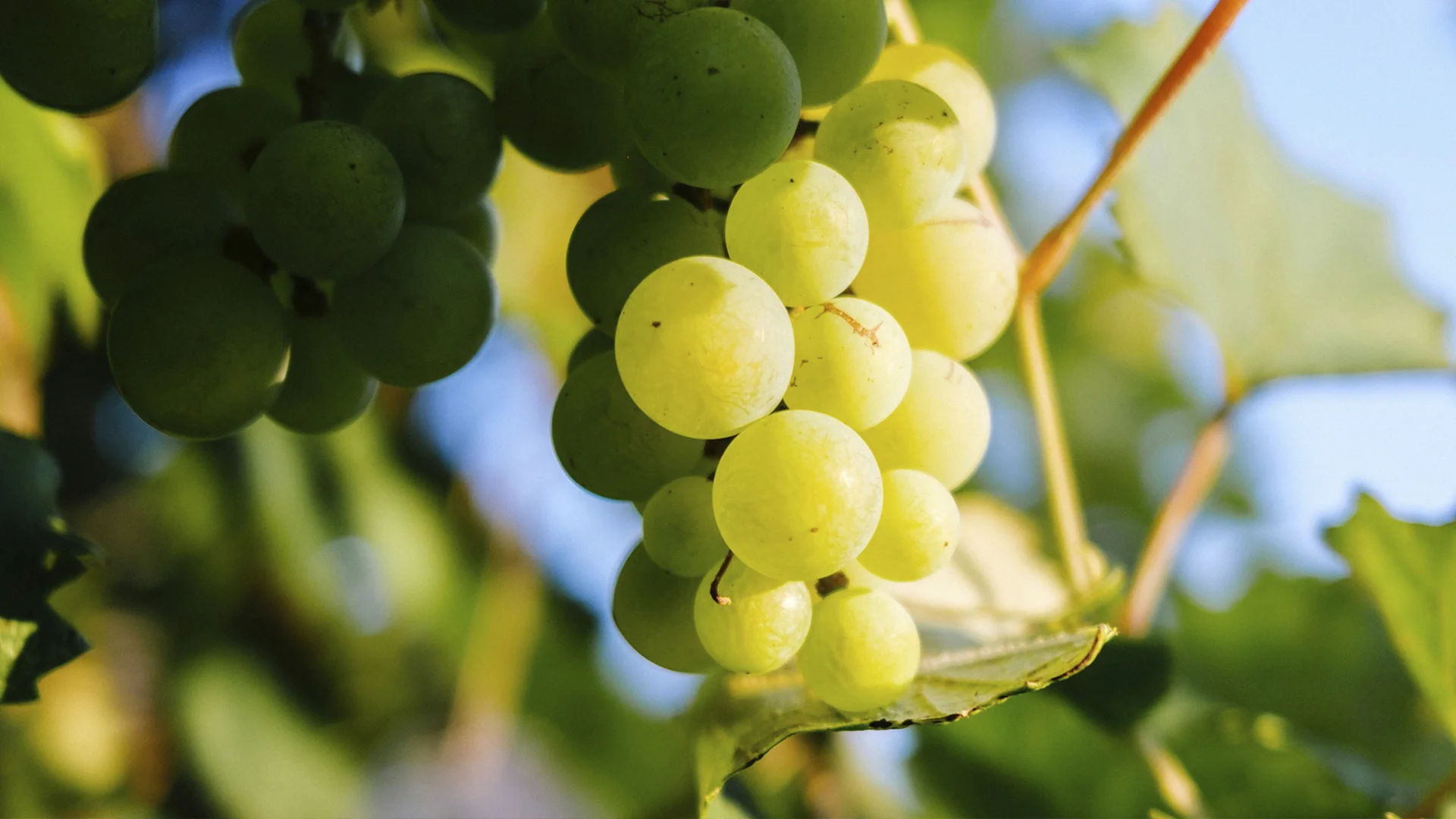

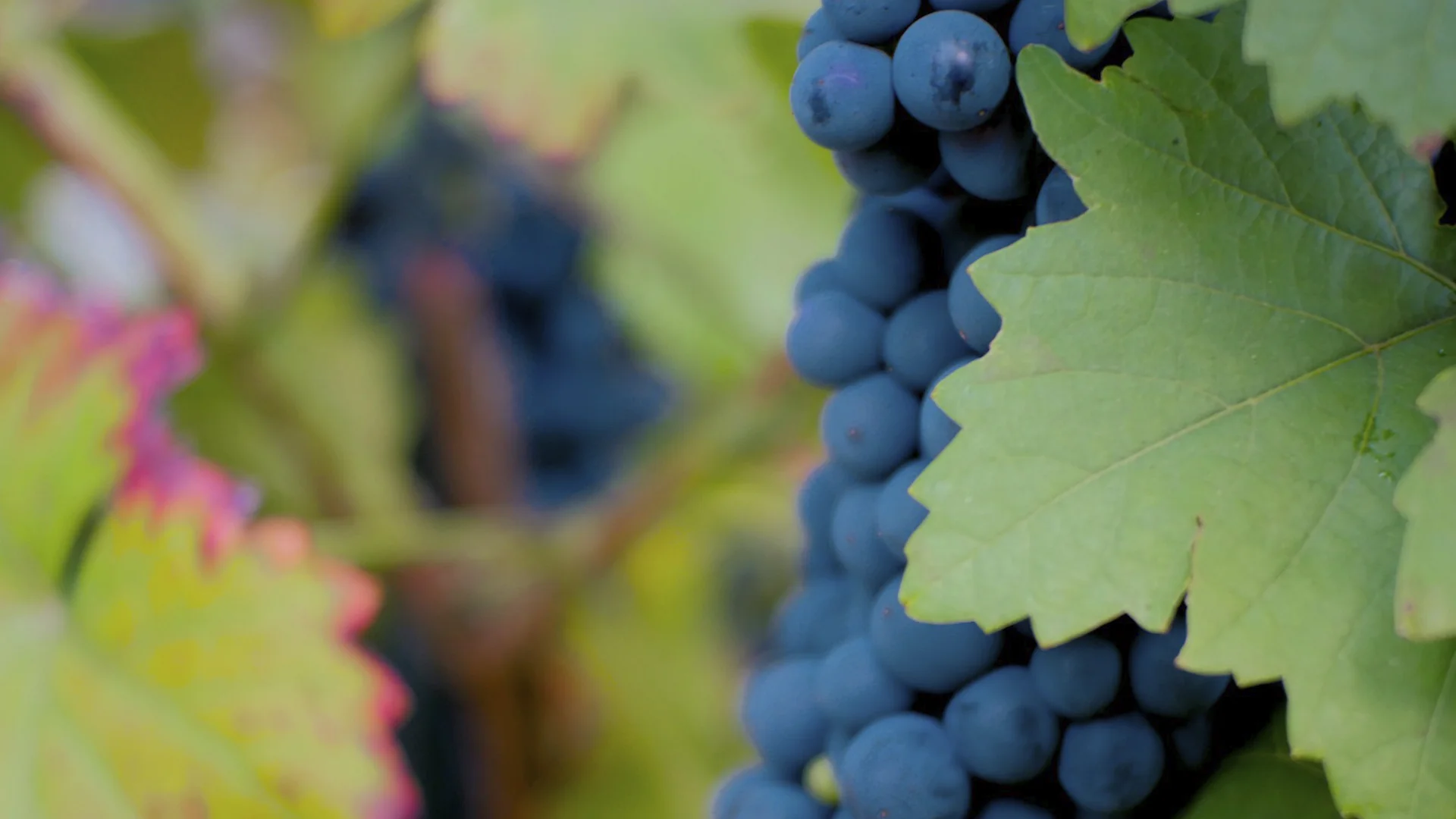
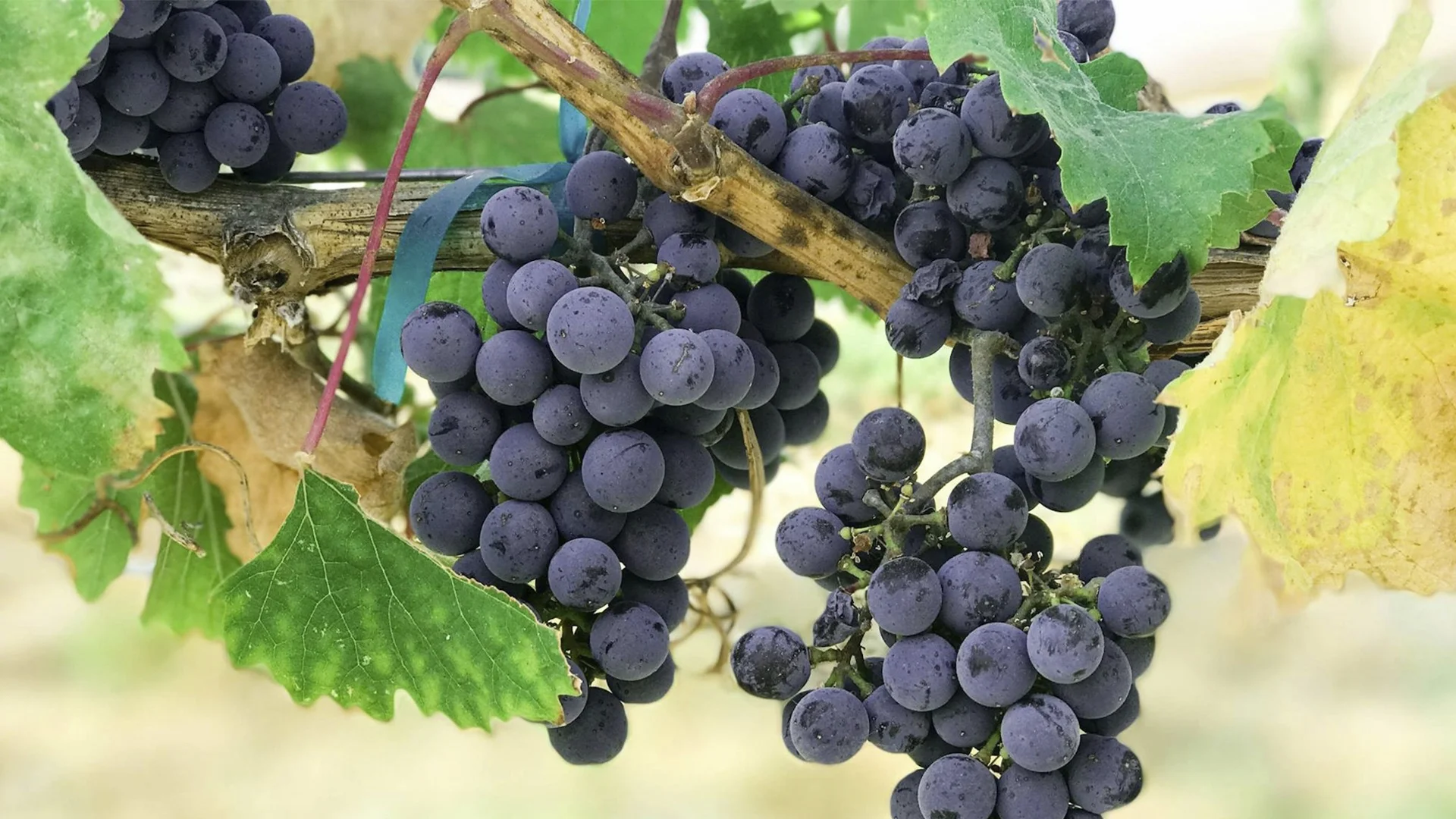
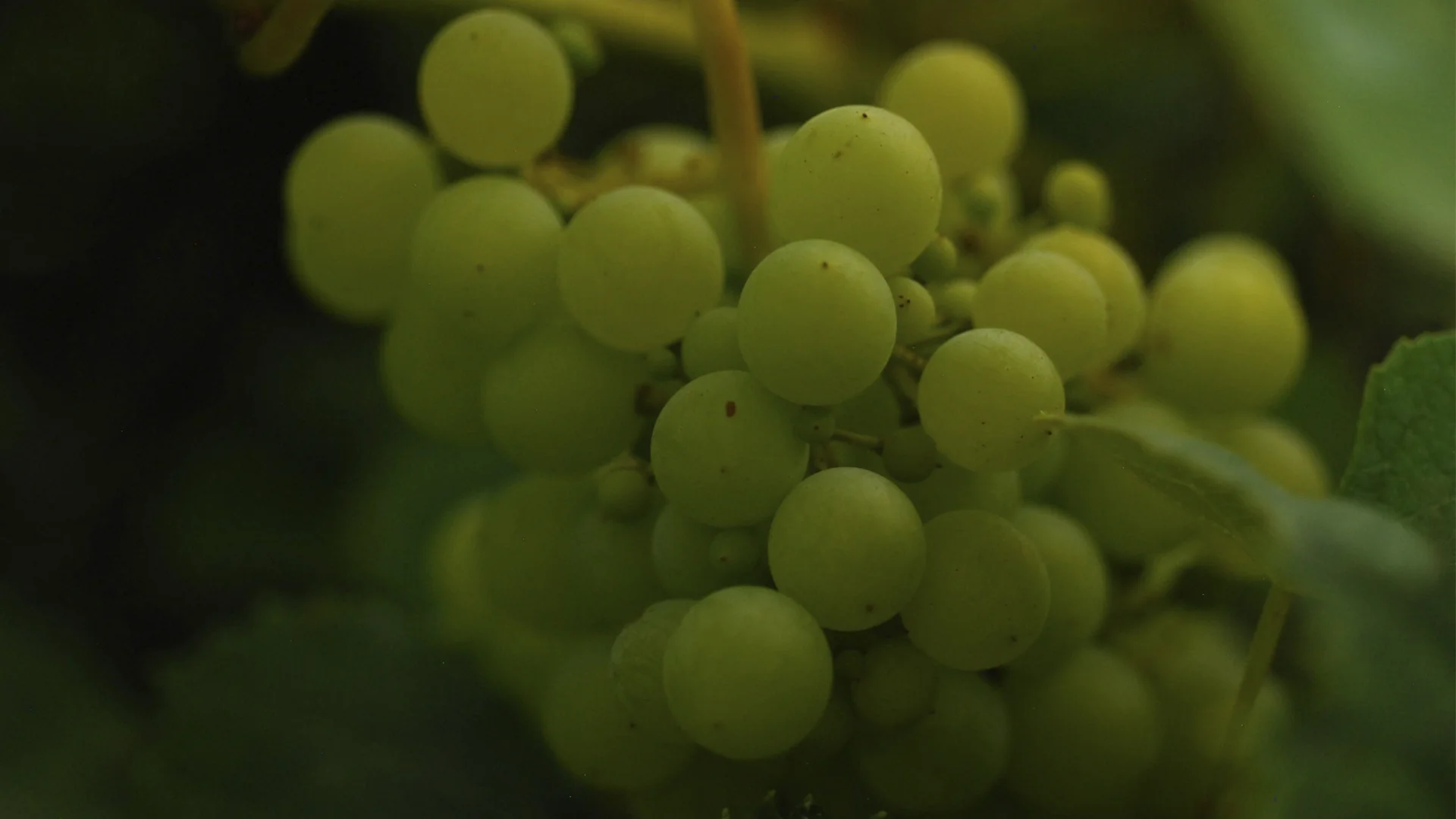
























































































.webp)

.webp)





Are you interested in
collaborating with us?